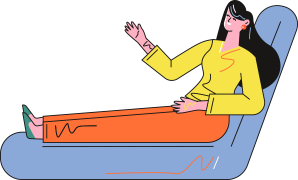Are uterine fibroids contagious?
The exact causes of uterine fibroids are not yet clear, but since fibroids commonly occur during reproductive years, are rarely seen before puberty, and tend to shrink or regress after menopause, it suggests that the occurrence of fibroids may be related to female hormones. Studies have shown that uterine fibroid tissues are highly sensitive to estrogen, which is one of the important factors in the development of fibroids. Additionally, research indicates that progesterone promotes mitotic activity in fibroids, stimulating the growth of uterine fibroids. Cytogenetic studies show that some uterine fibroids have chromosomal abnormalities. Based on these studies, it is evident that uterine fibroids are not contagious.
Trending Health Topics

Get the latest health & wellness news daily right to your inbox.


 Subscribe
Subscribe


